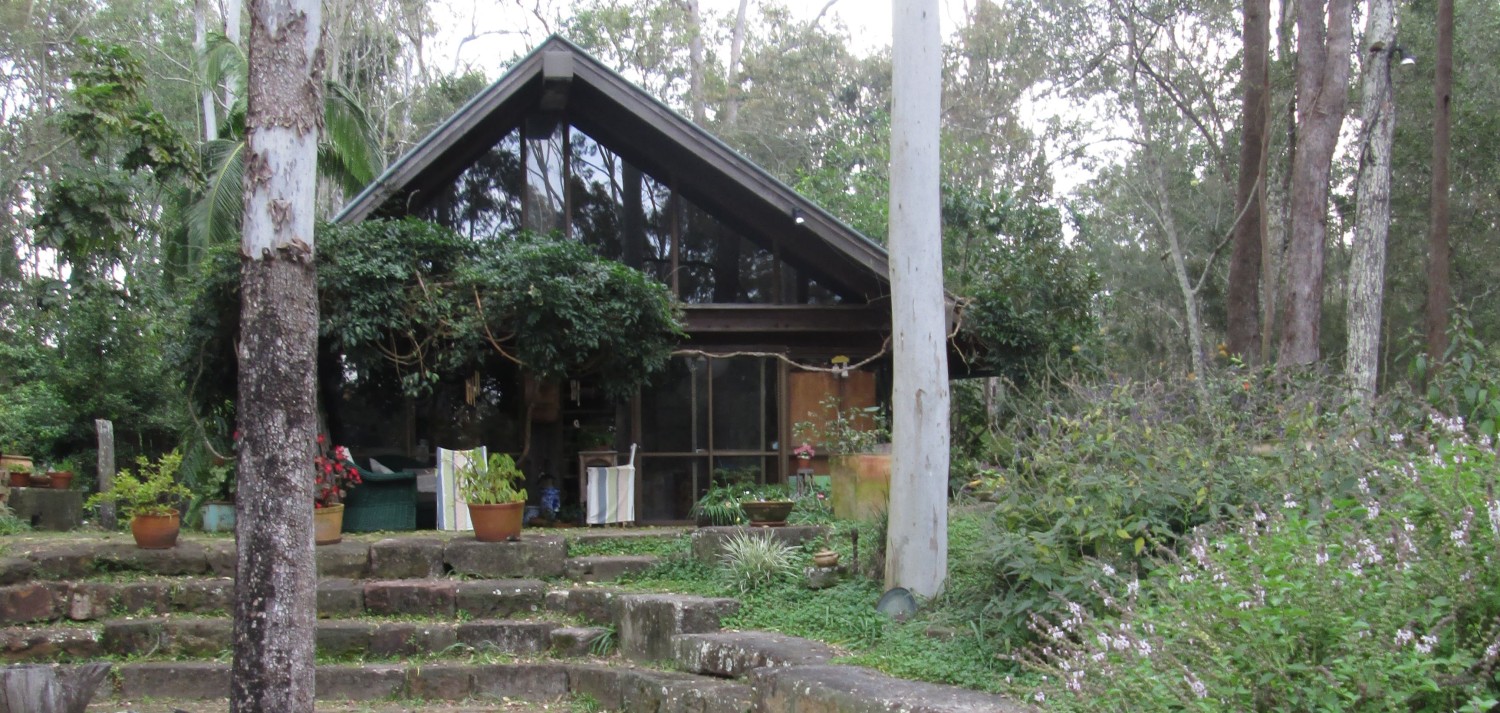________________________________________________________________________________________________
The Summer Palace in Beijing integrates numerous traditional halls and pavilions into the Imperial Garden conceived by the Qing emperor Qianlong between 1750 and 1764 as the Garden of Clear Ripples. Using Kunming Lake, the former reservoir of the Yuan dynasty’s capital and Longevity Hill as the basic framework, the Summer Palace combined political and administrative, residential, spiritual, and recreational functions within a landscape of lakes and mountains, in accordance with the Chinese philosophy of balancing the works of man with nature.
Destroyed during the Second Opium War of the 1850s, it was reconstructed by Emperor Guangxu for use by Empress Dowager Cixi and renamed the Summer Palace. Although damaged again during the Boxer Rebellion in 1900 it was restored and has been a public park since 1924. The central feature of the Administrative area, the Hall of Benevolence and Longevity is approached through the monumental East Palace Gate. The connecting Residential area comprises three building complexes: the Halls of Happiness in Longevity, Jade Ripples and Yiyun, all built up against the Hill of Longevity, with fine views over the lake. These are linked by roofed corridors which connect to the Great Stage to the east and the Long Corridor to the West. In front of the Hall of Happiness in Longevity a wooden quay gave access by water for the Imperial family to their quarters.
The remaining 90% of the garden provides areas for enjoying views and spiritual contemplation and is embellished with garden buildings including the Tower of the Fragrance of Buddha, the Tower of the Revolving Archive, Wu Fang Pavilion, the Baoyun Bronze Pavilion, and the Hall that Dispels the Clouds. Kunming Lake contains three large islands, corresponding to the traditional Chinese symbolic mountain garden element, the southern of which is linked to the East Dike by the Seventeen Arch Bridge. An essential feature is the West Dike with six bridges in different styles along its length. Other important features include temples and monasteries in Han and Tibetan style located on the north side of the Hill of Longevity and the Garden of Harmonious Pleasure to the north-east.
As the culmination of several hundred years of Imperial garden design, the Summer Palace has had a major influence on subsequent oriental garden art and culture.
Criterion (i): The Summer Palace in Beijing is an outstanding expression of the creative art of Chinese landscape garden design, incorporating the works of humankind and nature in a harmonious whole.
Criterion (ii): The Summer Palace epitomizes the philosophy and practice of Chinese garden design, which played a key role in the development of this cultural form throughout the east.
Criterion (iii): The Imperial Chinese Garden, illustrated by the Summer Palace, is a potent symbol of one of the major world civilizations.
Integrity
Due to the highest level of protection that the Summer Palace has always received from the government, its original design, planning and landscape have been perfectly preserved. Furthermore, the Summer Palace has maintained a harmonious relationship with its setting. At present the government has undertaken active and strong measures to reinforce the protection of the setting of the Summer Palace to cope with the pressure resulting from urban development.
Authenticity
The conservation intervention and landscape maintenance within the property area have been carried out in line with historic archives, using traditional techniques and appropriate materials for maintaining and passing on the historic information. The preservation and maintenance of the property has fully ensured its authenticity.
Protection and management requirements
The Summer Palace is protected at the highest level by the 1982 Law of PRC on the Protection of Cultural Relics (amended 2007), which is elaborated in the Regulations on the Implementation of the Law of People’s Republic of China on the Protection of Cultural Relics. Certain provisions of the Law on Environmental Protection and City Planning are also applicable to the conservation of the Summer Palace. These laws bear legal efficacy at national level. The Summer Palace was included by the State Council of the People’s Republic of China in the first group of National Priority Protected Sites on March 4th, 1961.
At the municipal level, the Summer Palace was declared a Municipal Priority Protected Site by the Beijing Municipal Government on October 20th, 1957. The Regulations of Beijing Municipality for the Protection of Cultural Relics (1987) reinforces the municipal protection of key heritage sites. In 1987 the protection boundaries of the Summer Palace were specifically mentioned and instructed to be undertaken in the Notice of Beijing Municipal Government to the Municipal Bureau of Construction Planning and the Bureau of Cultural Relics on endorsing the Report concerning the Delimitation of Protection Zones and Construction Control Areas of the Second Group of 120 Cultural Relics under Protection. The Master Plan of Summer Palace on Protection and Management is under formulation and will be presented to the World Heritage Committee as soon as it is complete. Meanwhile, construction in the surrounding areas has also been put under restrictive control.
The Beijing Summer Palace Management Office has been responsible for heritage management of the Summer Palace since it was established in 1949. Now among it’s over 1500 staff, 70% are professionals. Under it there are 30 sections responsible for cultural heritage conservation, gardening, security, construction, and protection. Regulations and emergency plans have been stipulated. At present, the protection of the Summer Palace is operating well. Under the overall protective framework made by the central and local governments, the protection and management of the Summer Palace will be carried out in accordance with strict and periodic conservation plans and programs. The scientific management and protection is carried out based on the information gained from increasingly sophisticated monitoring.
_______________________________________________________________________________________________________
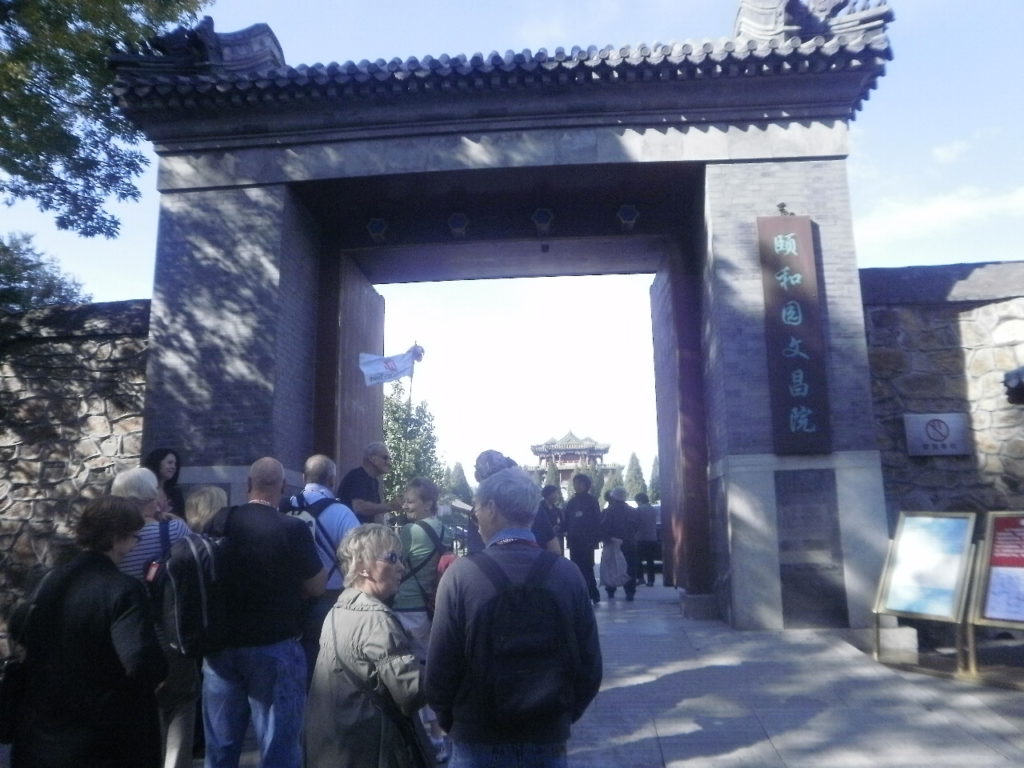
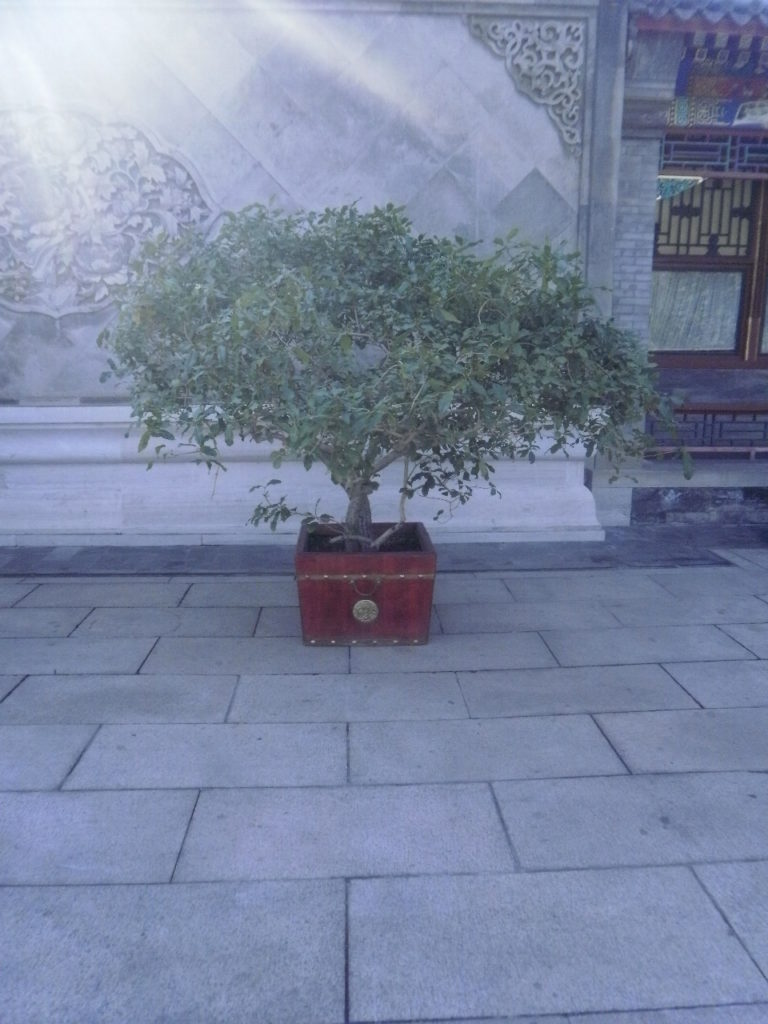
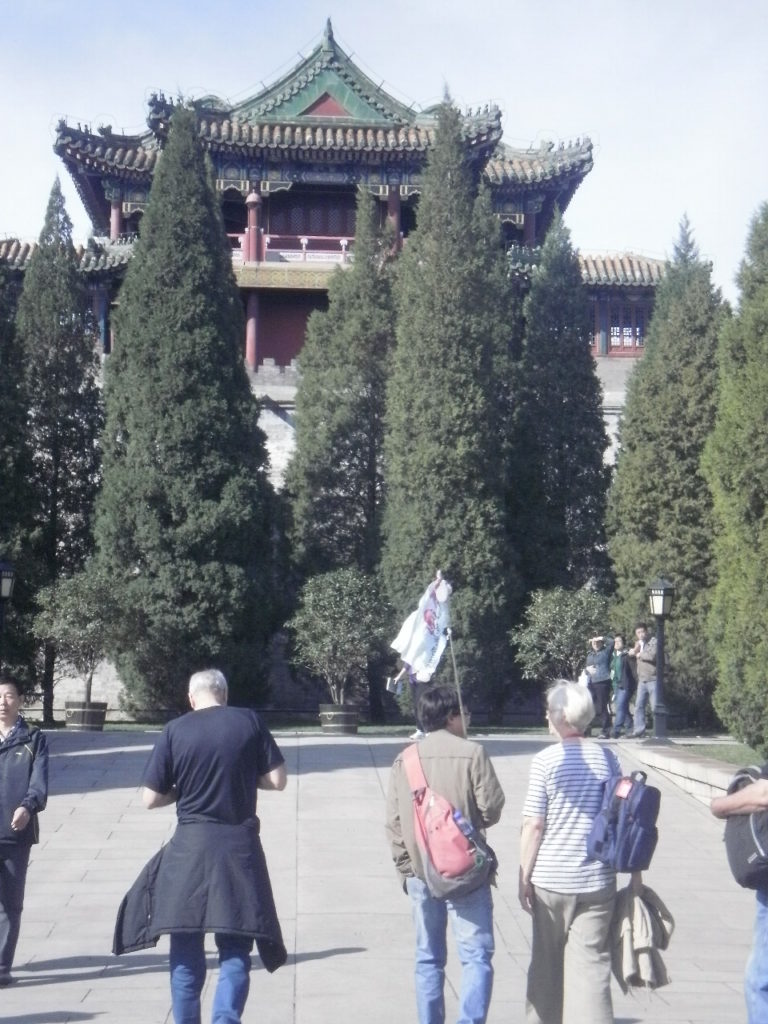
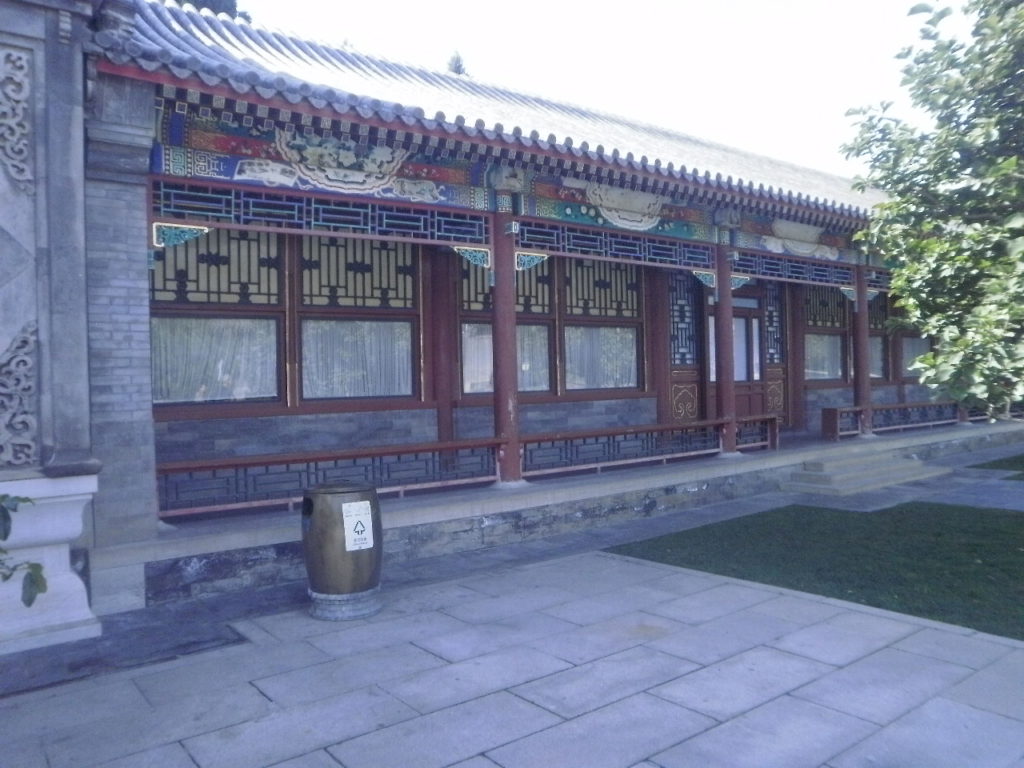
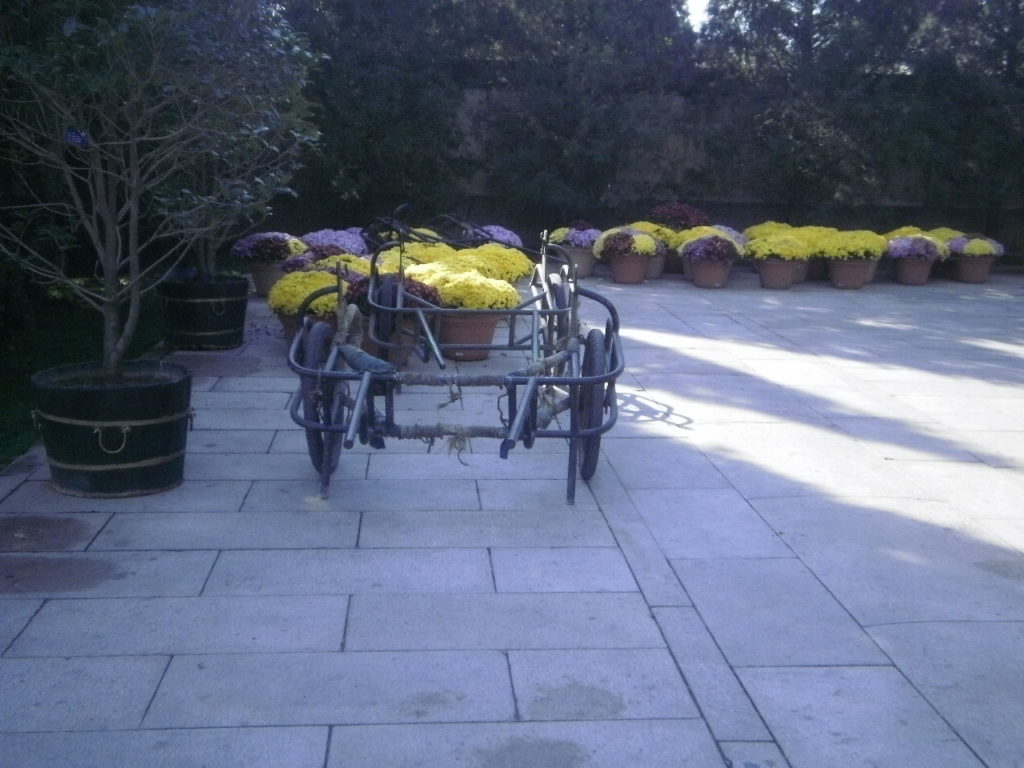

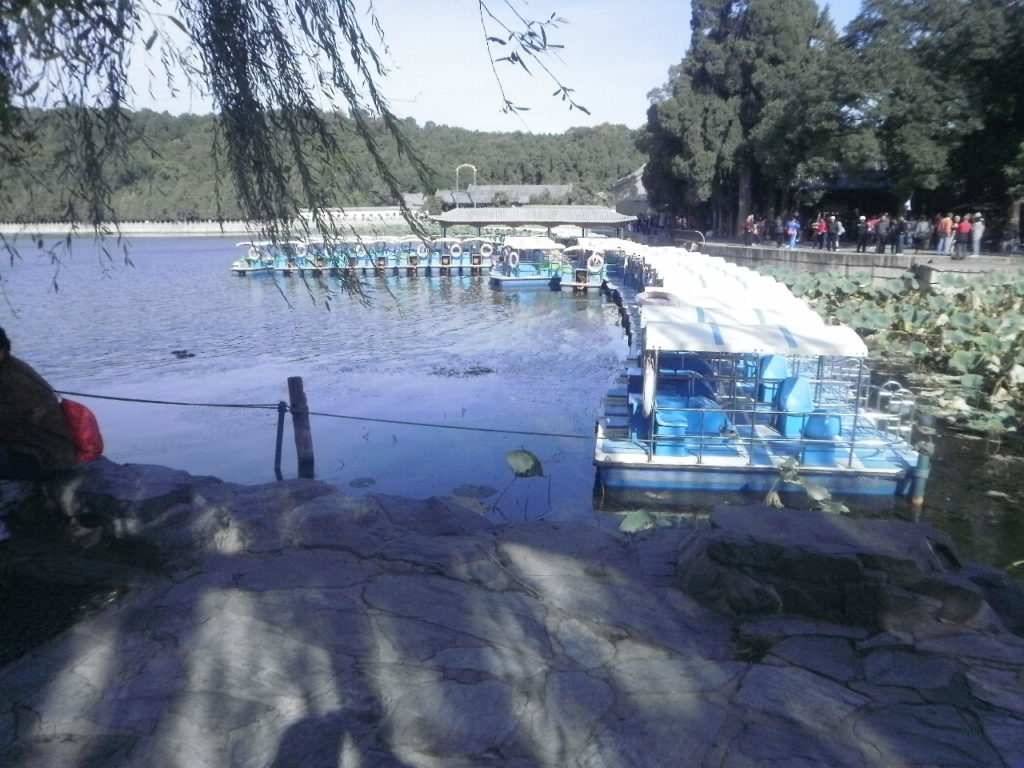
The remaining 90% of the garden provides areas for enjoying views and spiritual contemplation and is embellished with garden buildings including the Tower of the Fragrance of Buddha, the Tower of the Revolving Archive, Wu Fang Pavilion, the Baoyun Bronze Pavilion, and the Hall that Dispels the Clouds. Kunming Lake contains three large islands, corresponding to the traditional Chinese symbolic mountain garden element, the southern of which is linked to the East Dike by the Seventeen Arch Bridge. An essential feature is the West Dike with six bridges in different styles along its length. Other important features include temples and monasteries in Han and Tibetan style located on the north side of the Hill of Longevity and the Garden of Harmonious Pleasure to the north-east.
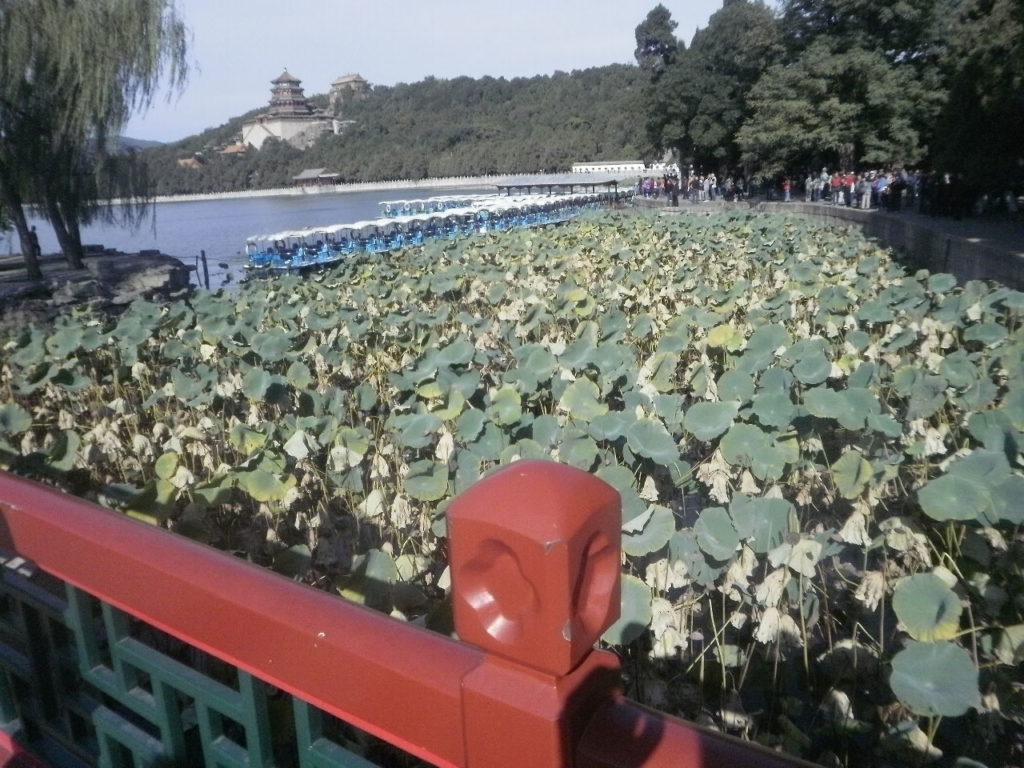

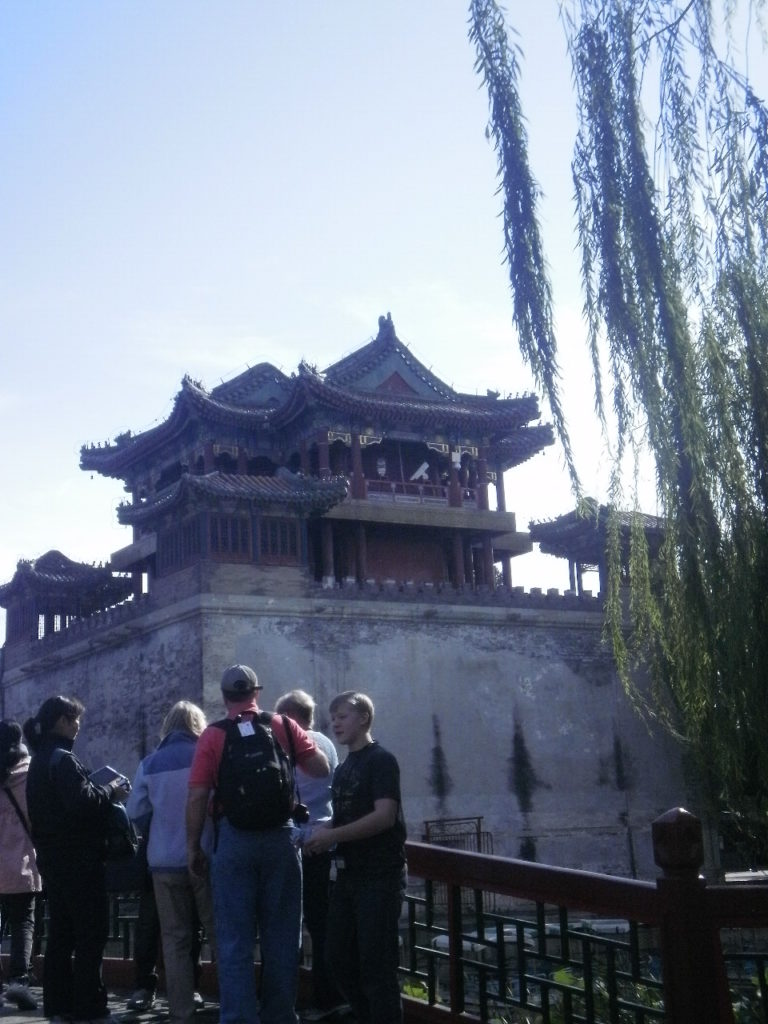
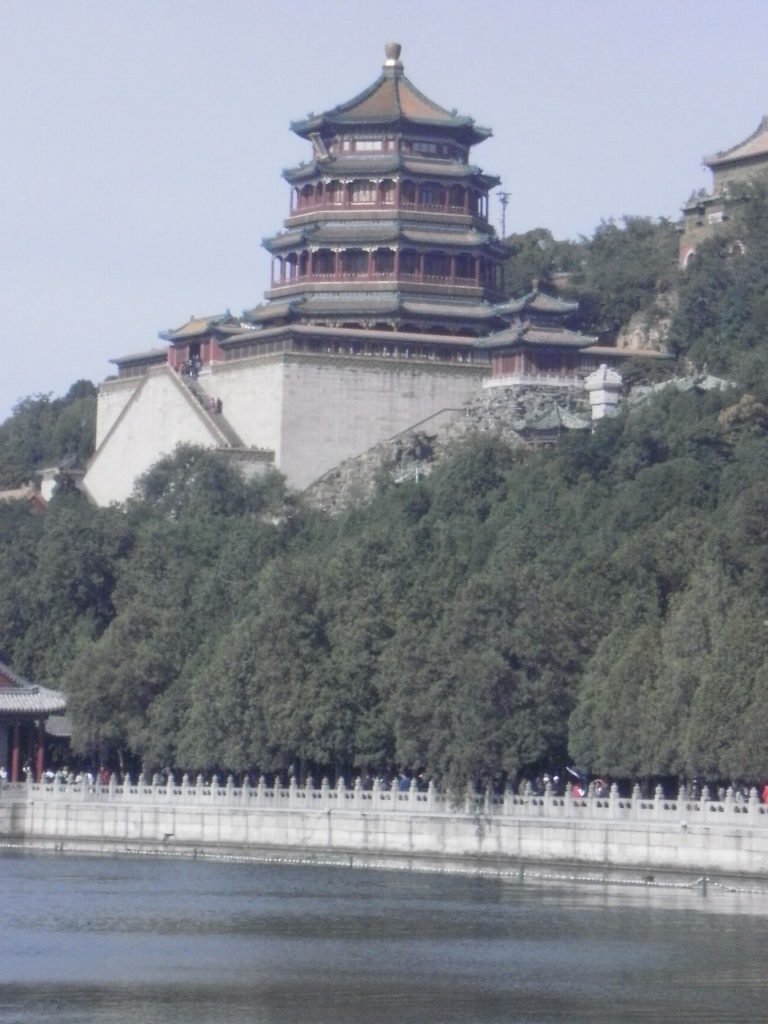

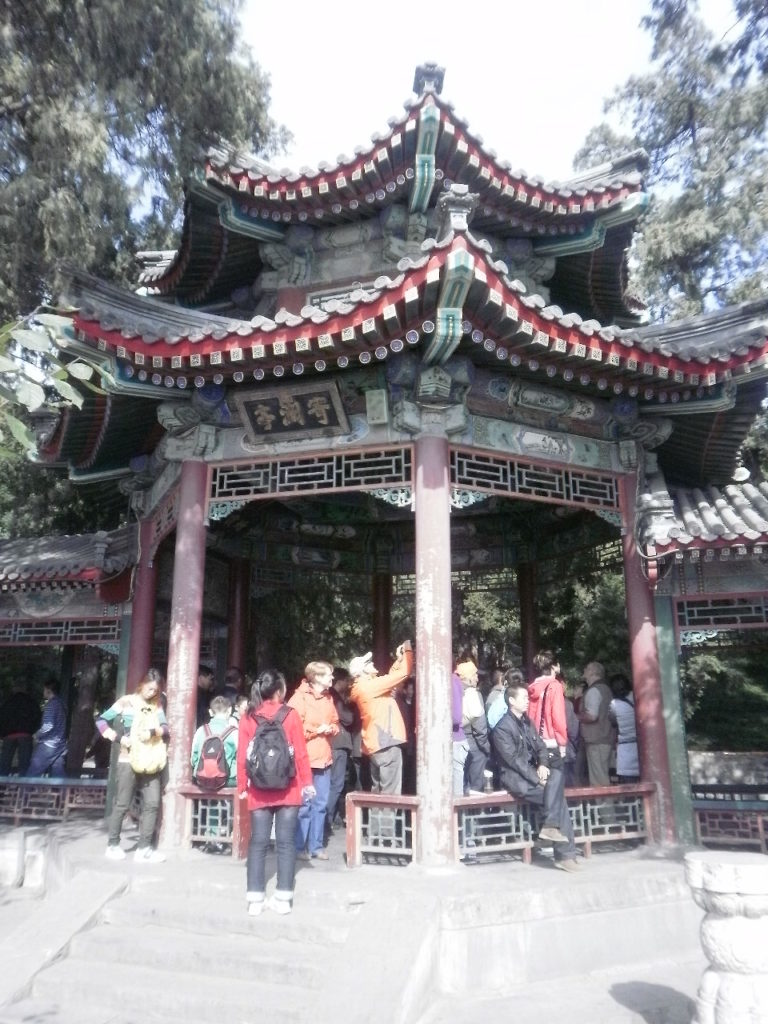

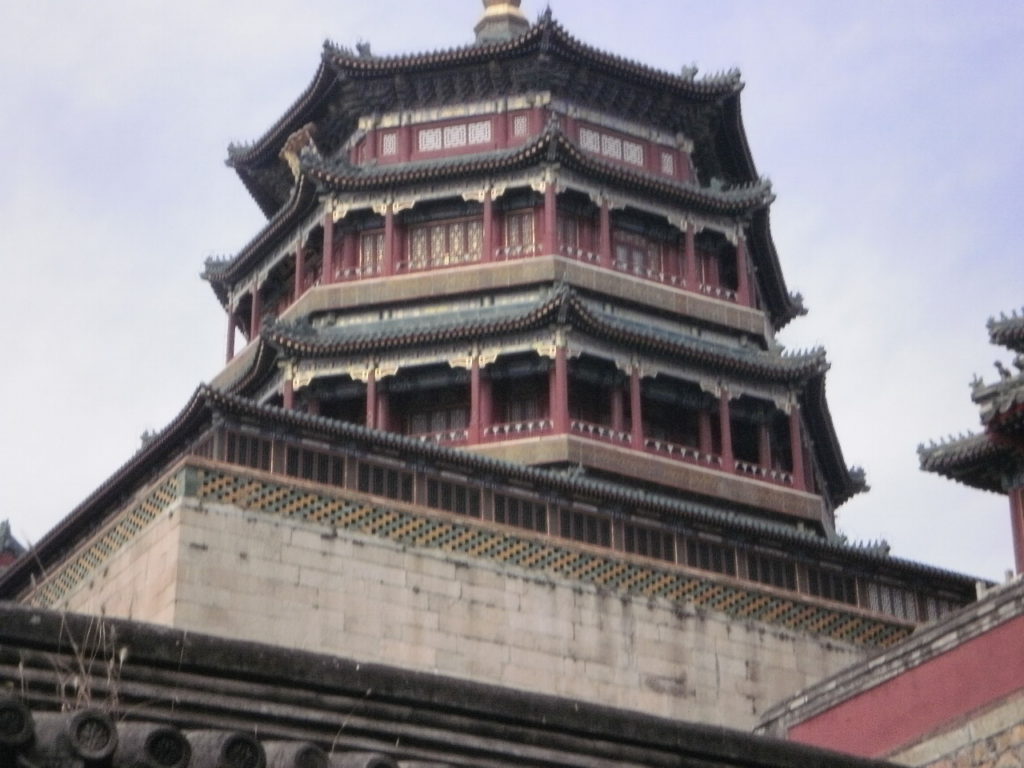
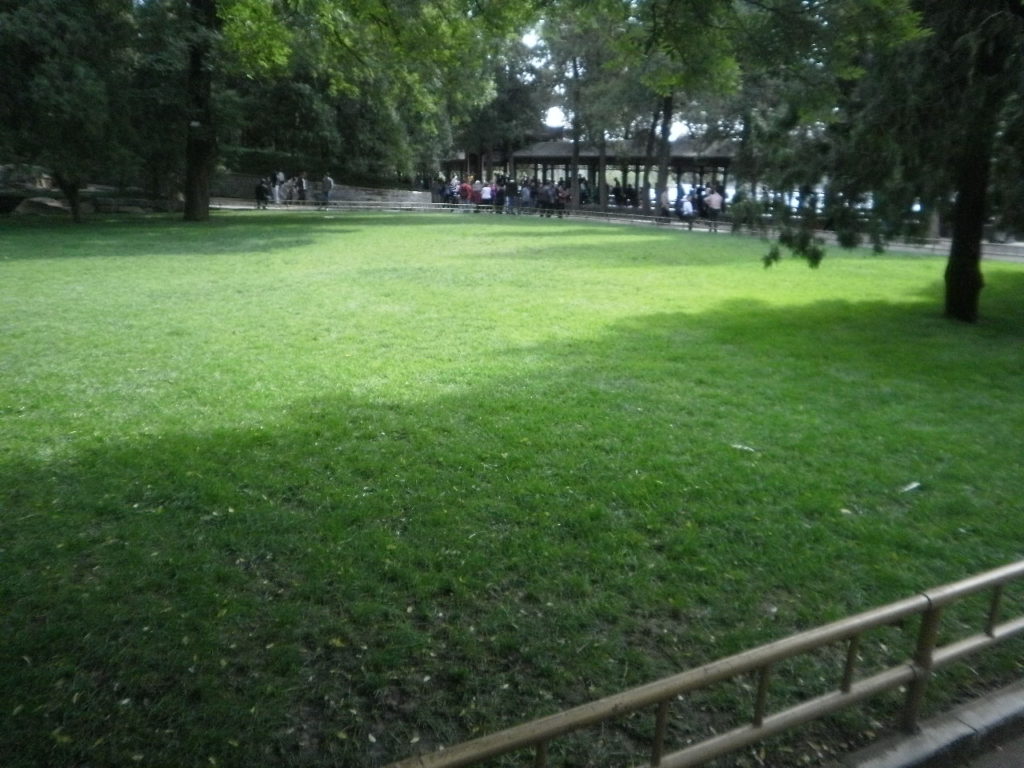

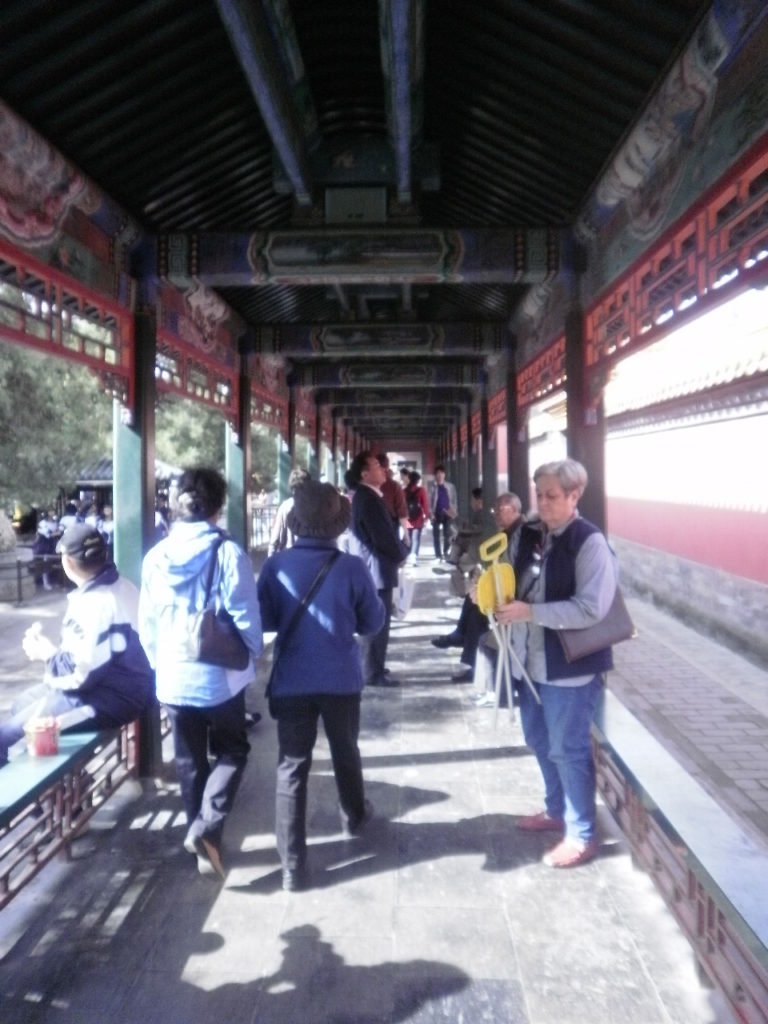
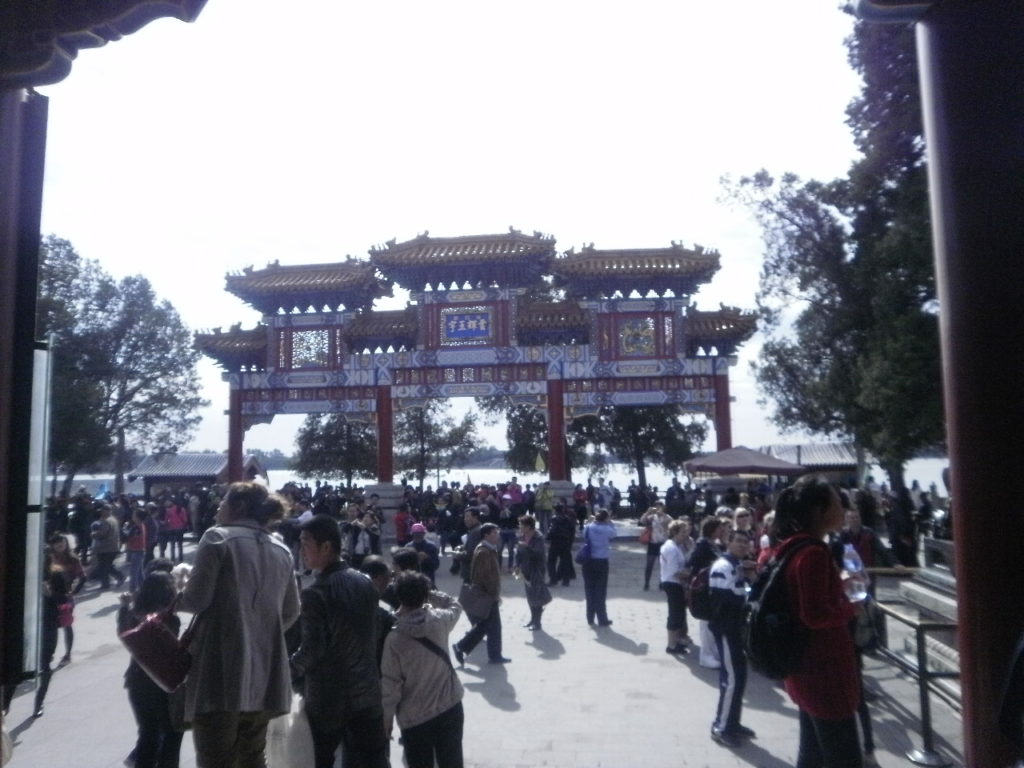

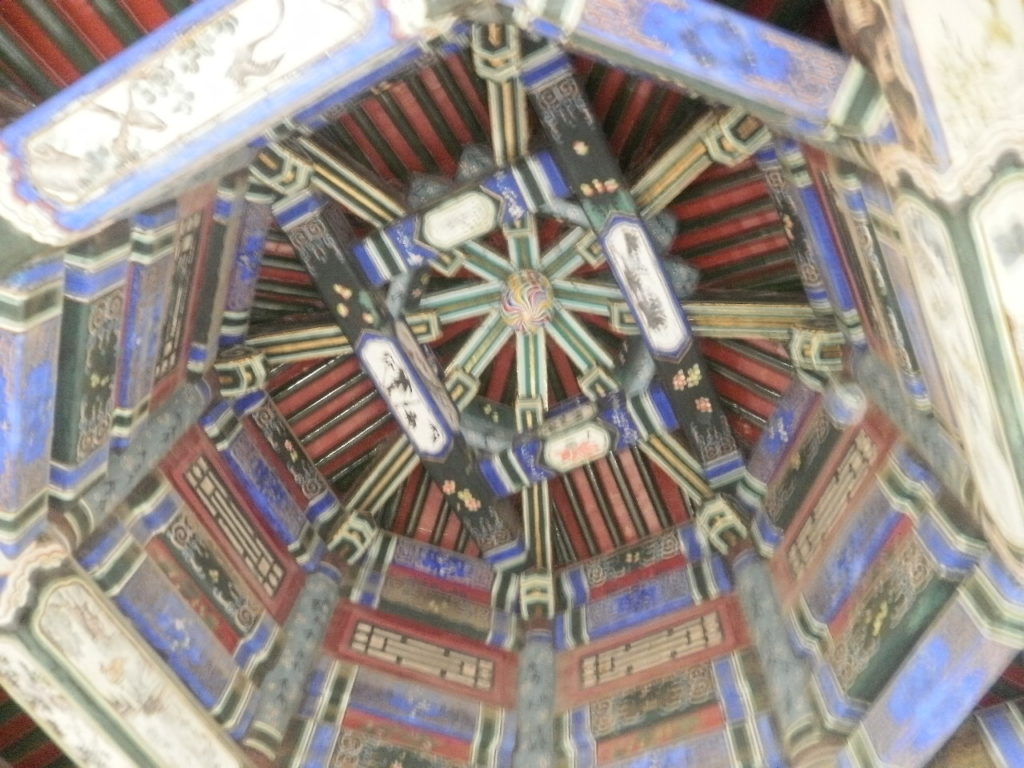
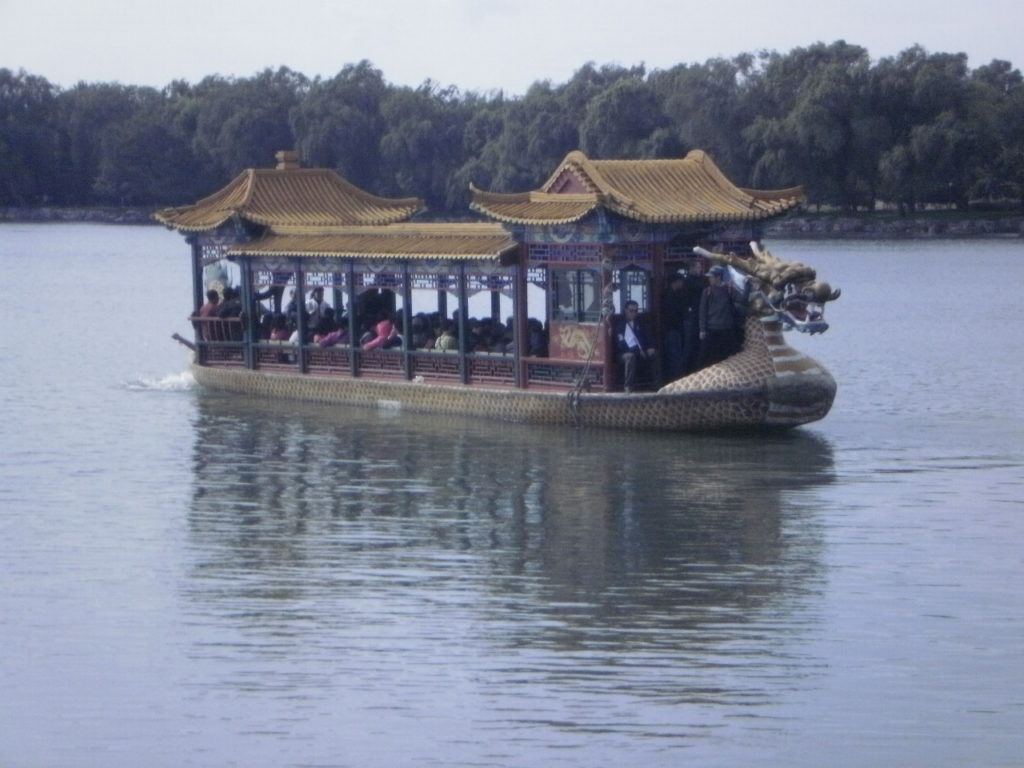
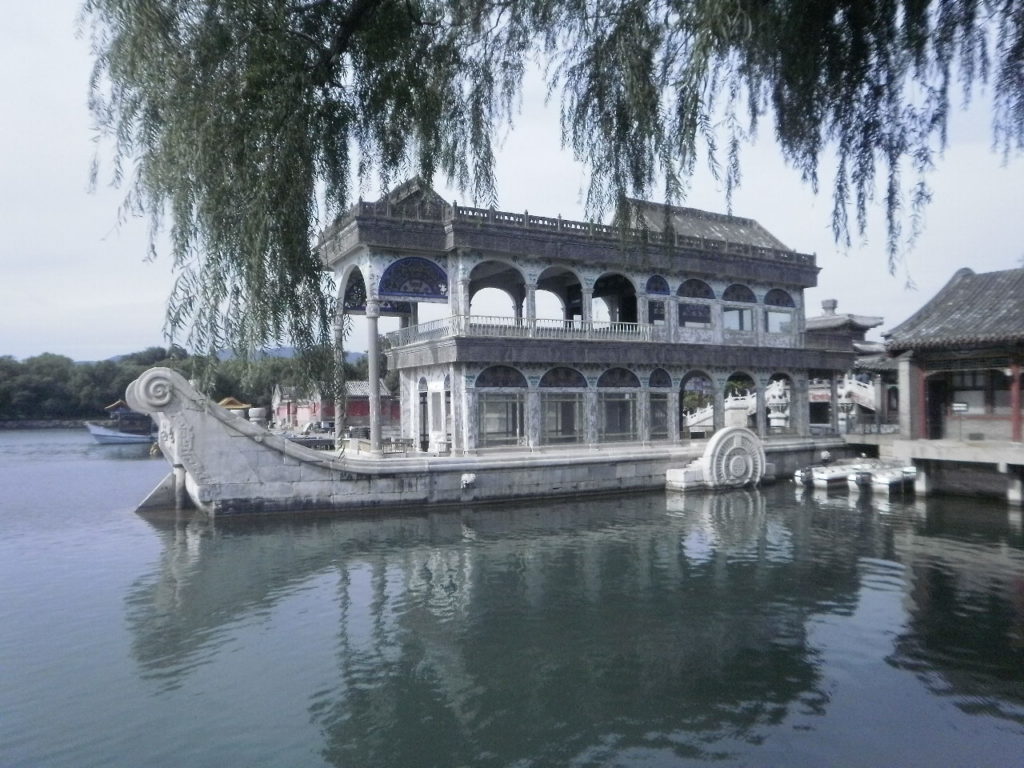
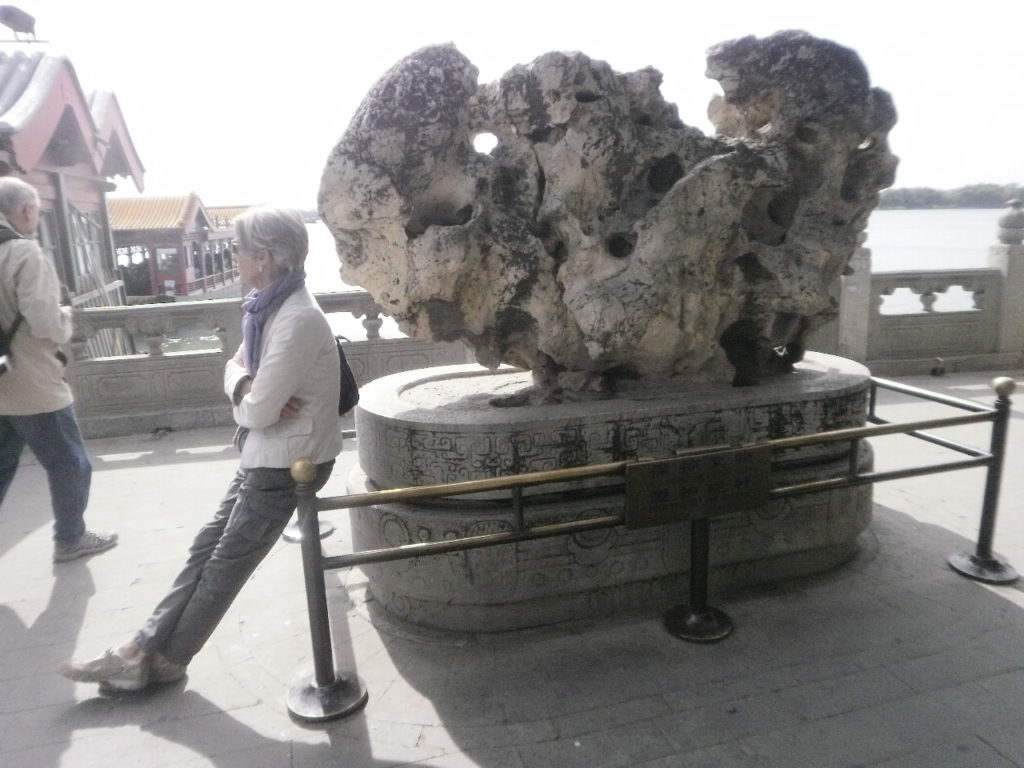
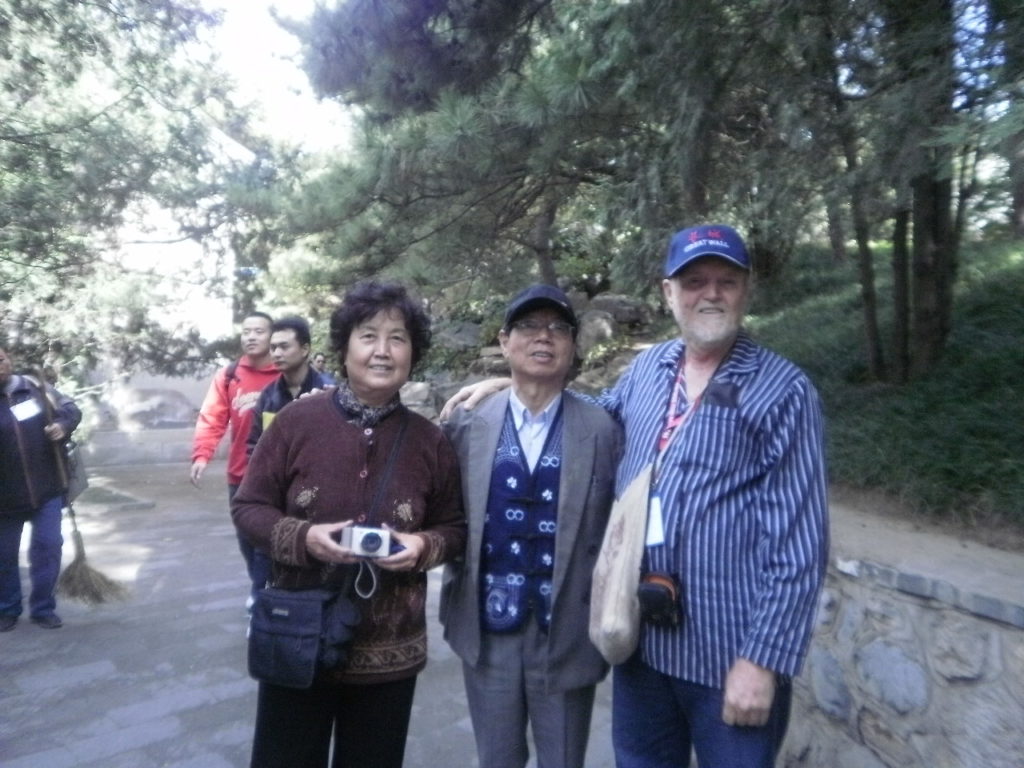
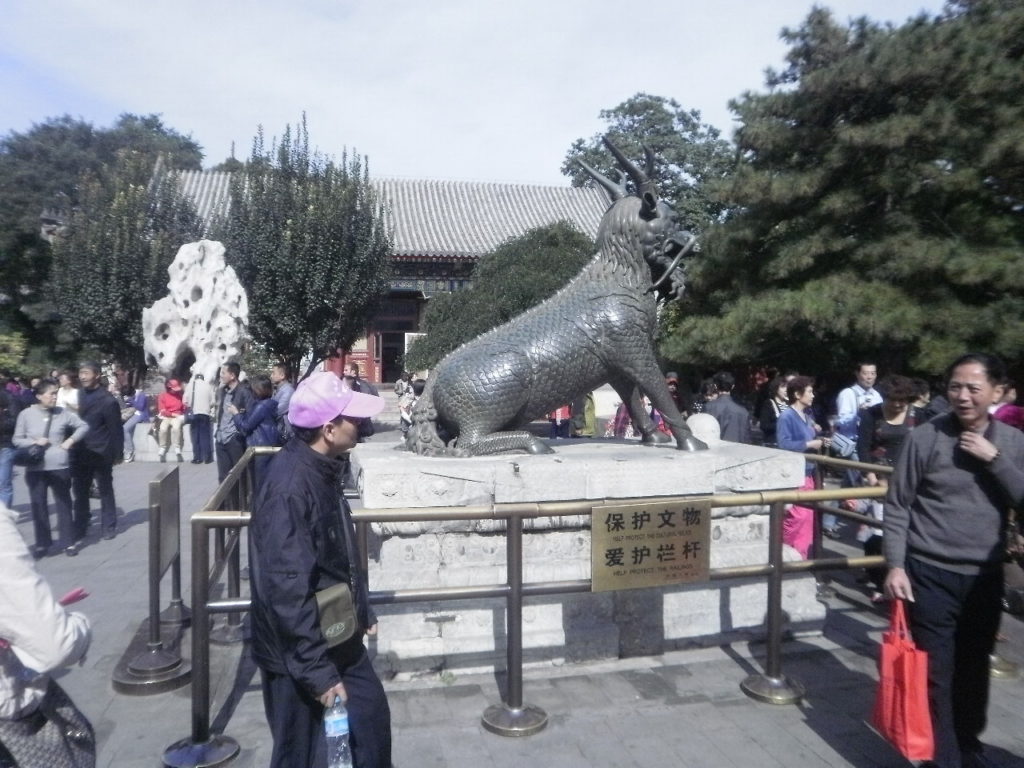
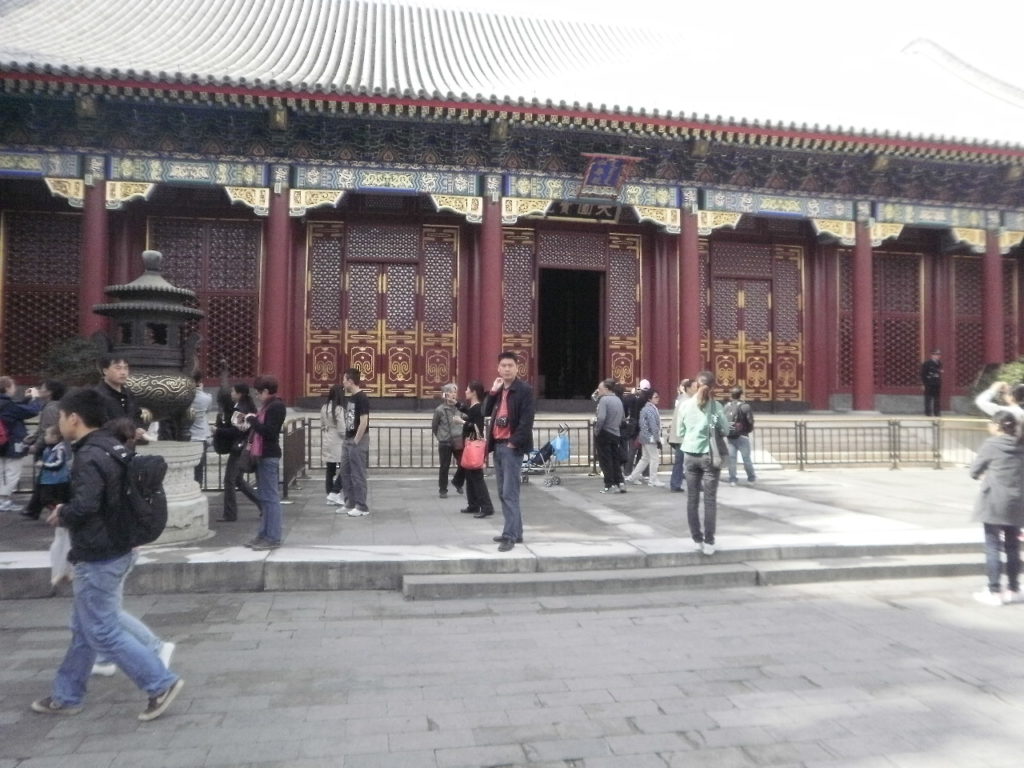
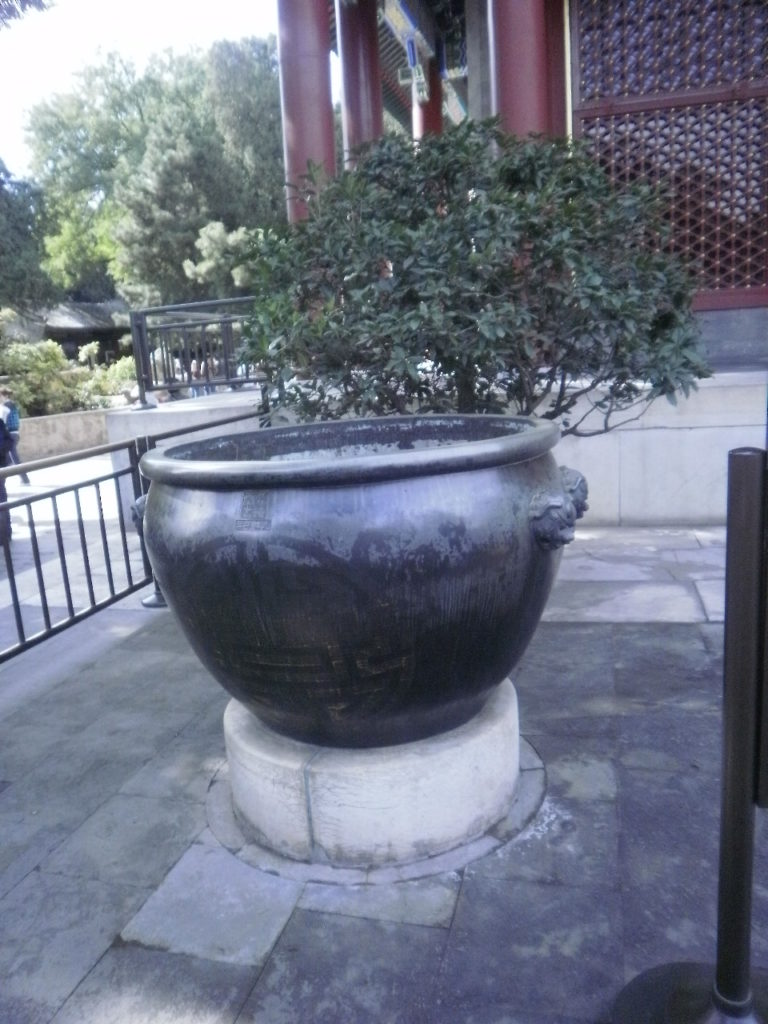
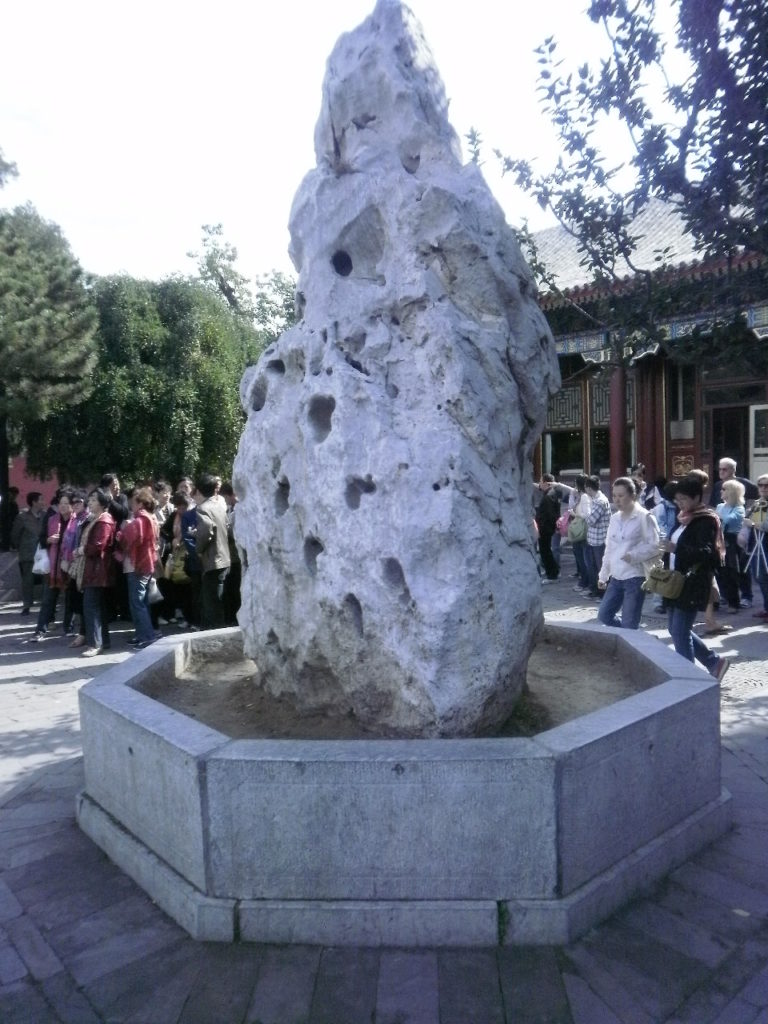
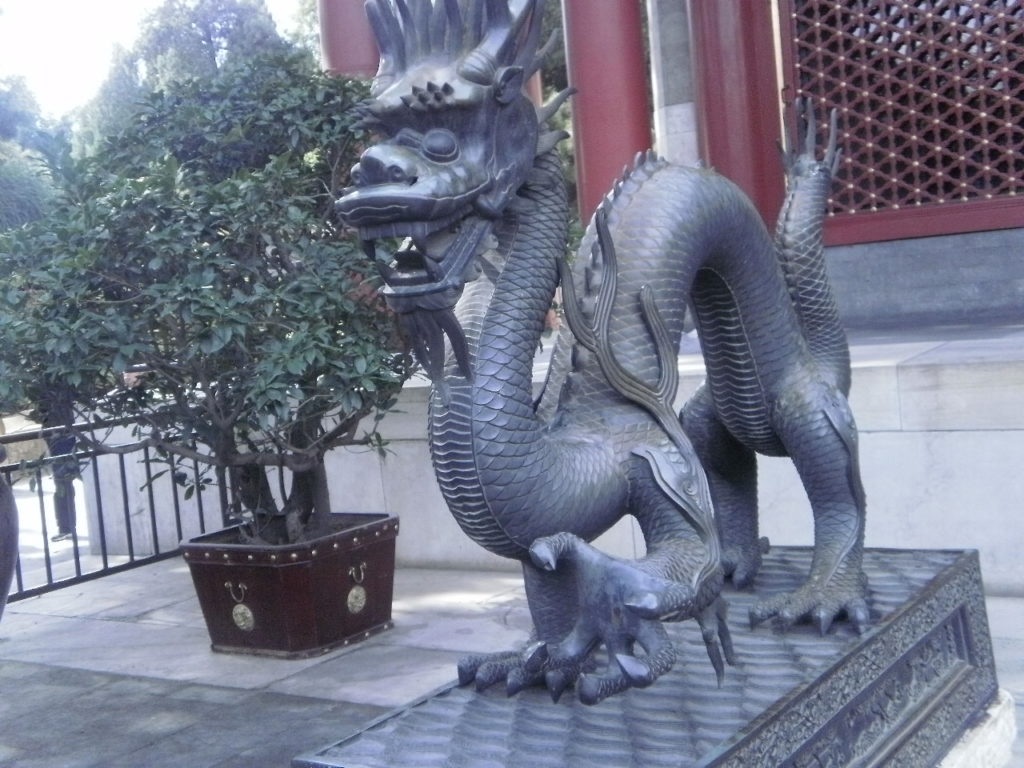
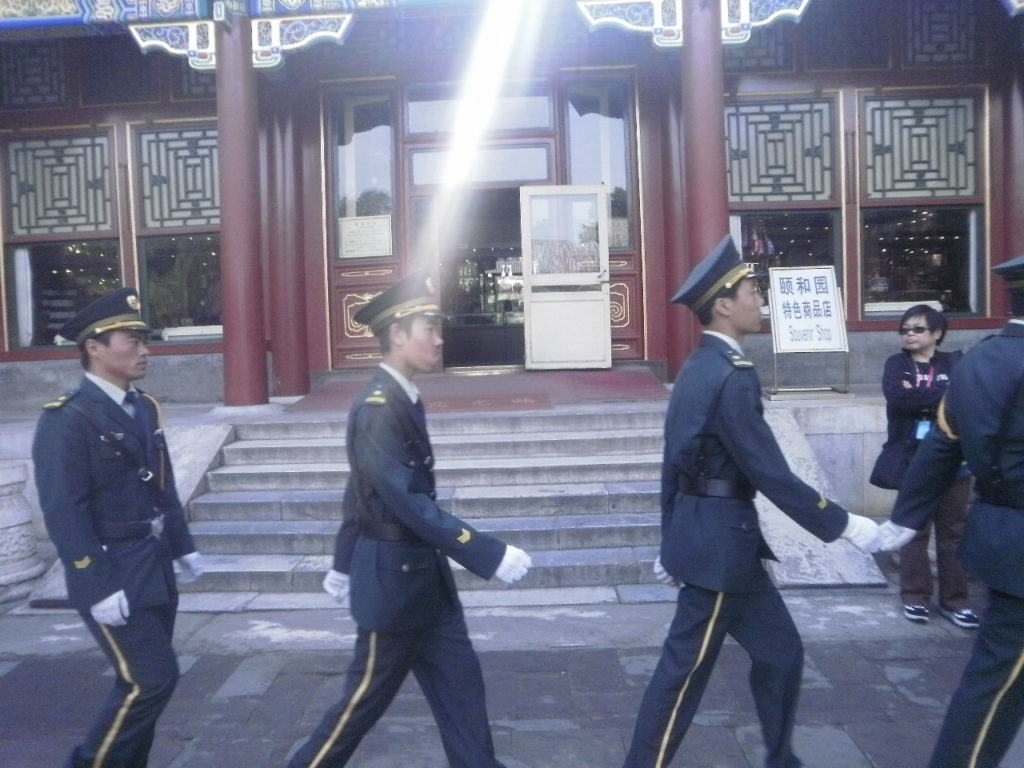
________________________________________________________________________________________________________________
